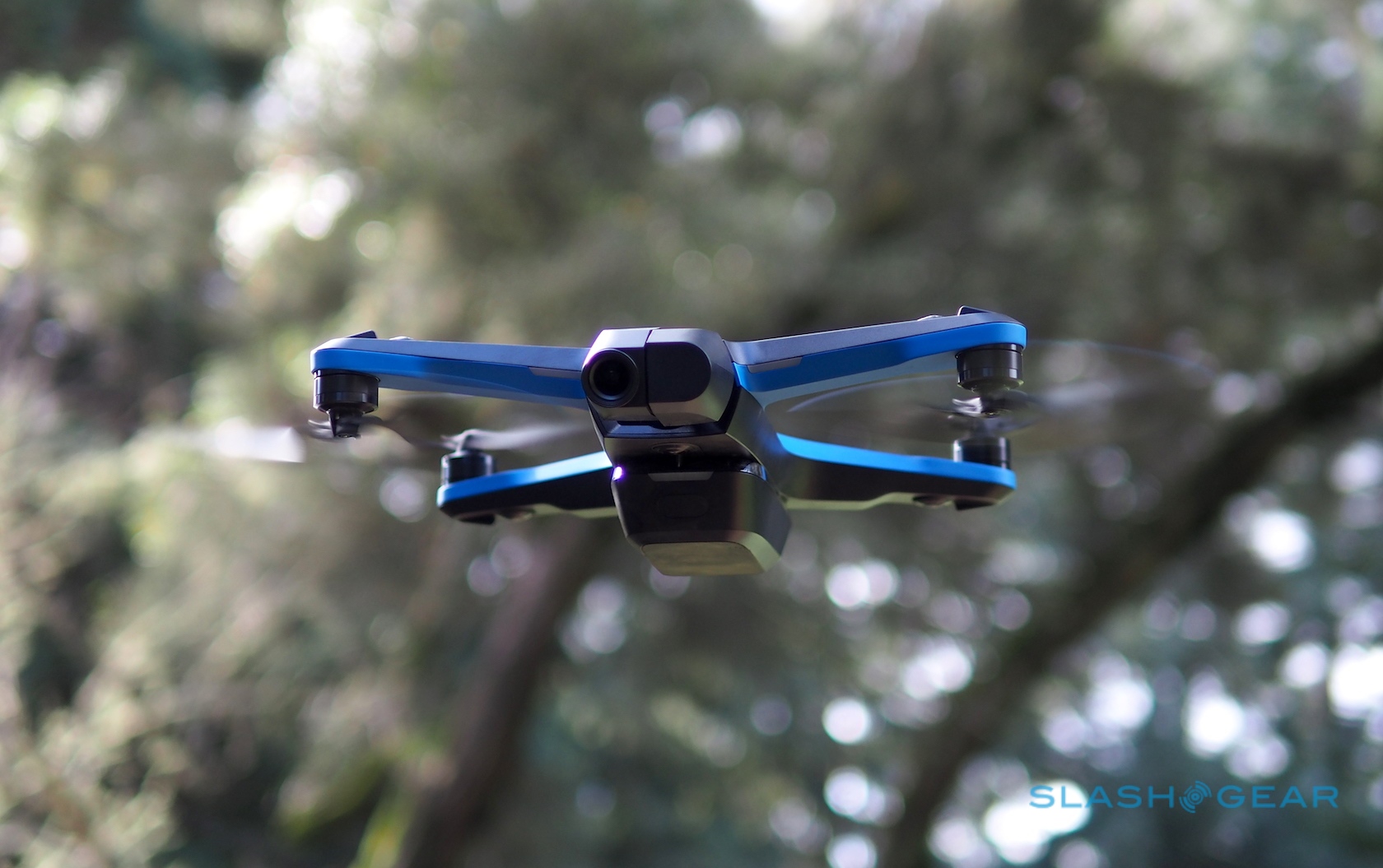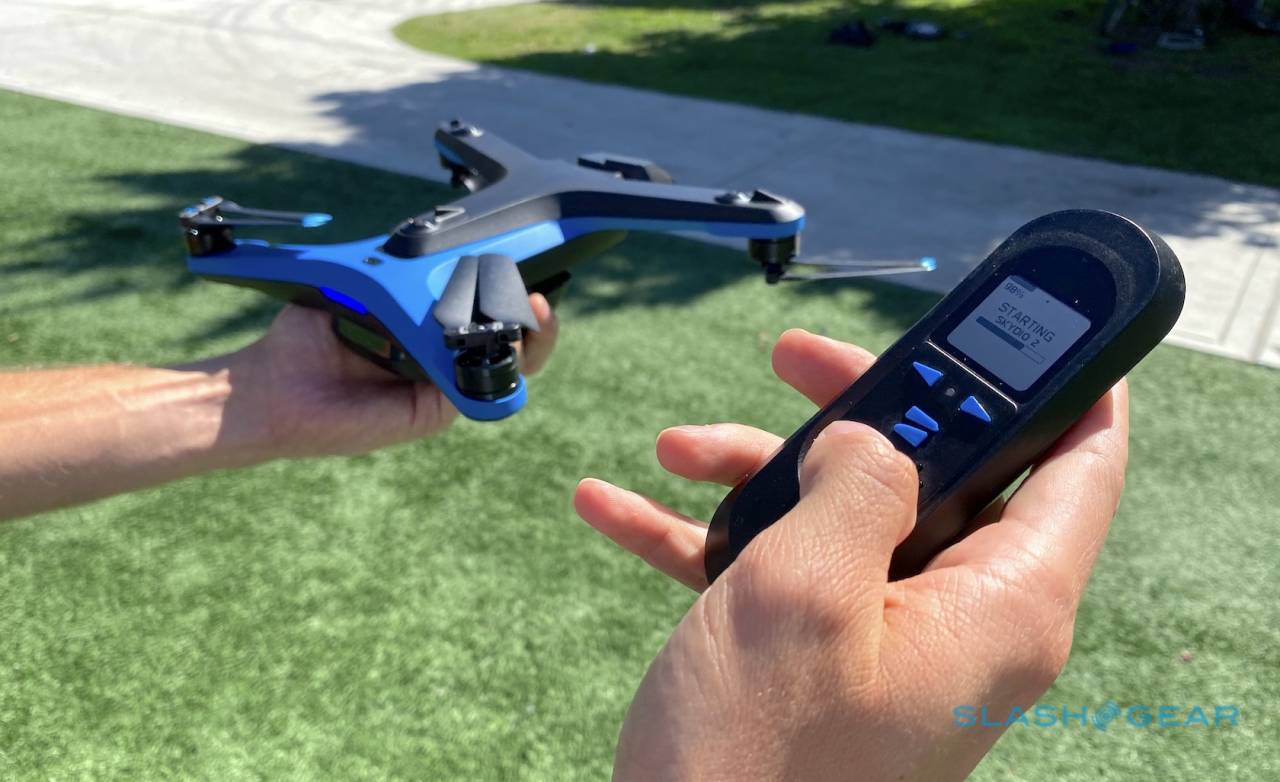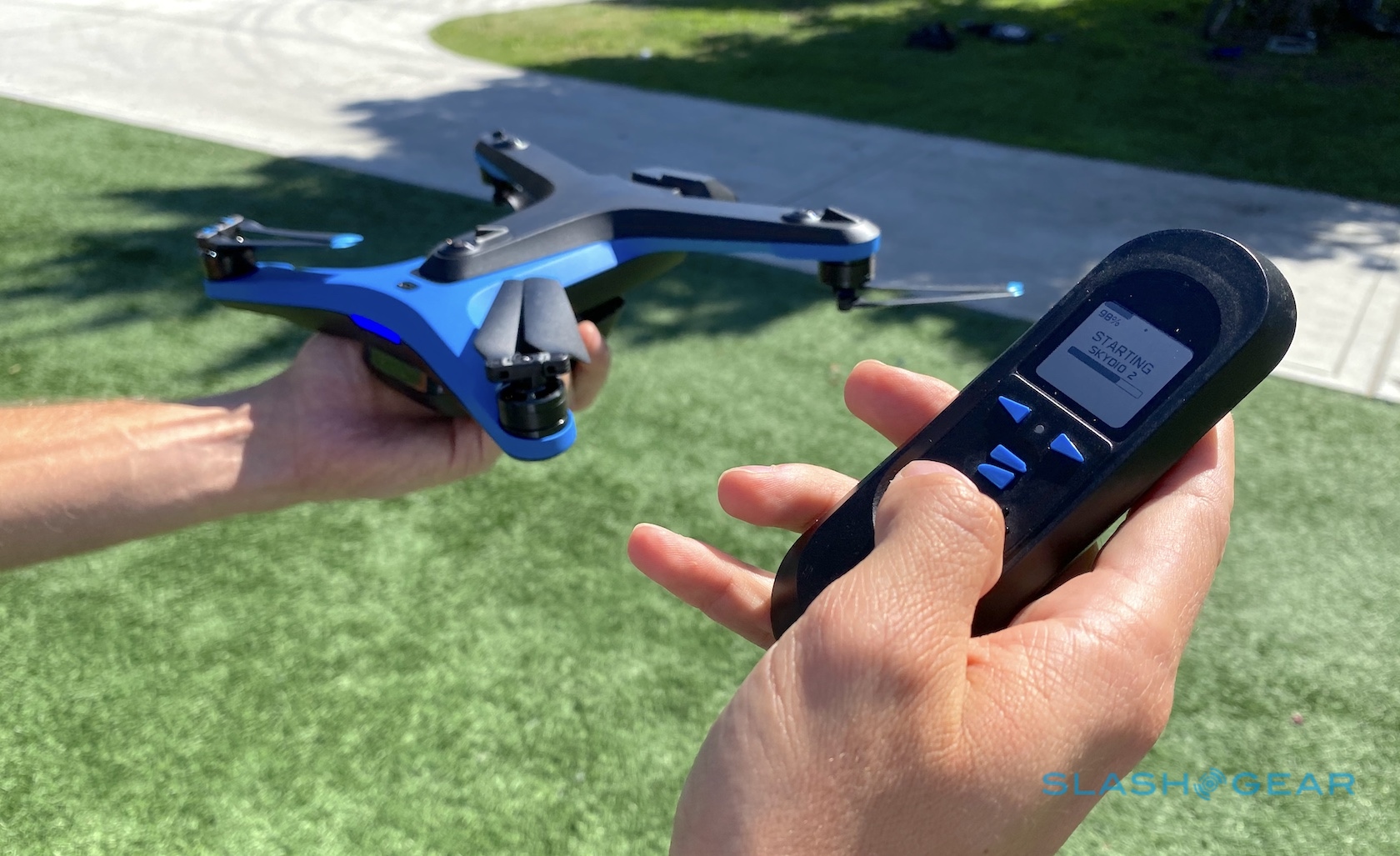
The Skydio’s ability to operate BVLOS in complex spaces is a huge bonus here, allowing it to move underneath the structure without concern it would collide. First, it appears that a more conventional drone was unable to carry out the task. The case study is significant for several reasons. Jarvis Worton, Jacobs Engineering Group Skydio image from webinar With Skydio we were able to fly up really really close, I’d say 6 inches to a foot, and get some really high-resolution photos and videos, and we were also able to build a really robust 3D model. So the just kind of abandoned ship, waited a couple of days, and deployed Jacobs back up. The drone they had was unable to fly underneath, it couldn’t look up, it couldn’t do half of the things that it needed to do… The drone that they used was getting GPS interference, it was not flying stably, they weren’t super comfortable with it. According to Worton, they were unable to take on the task. Jarvis Worton was on another job, so the county contacted another drone inspection firm using more conventional drones.

The county asked the Jacobs Group if it could inspect the structure to assess the damage. It was severely damaged by a hurricane earlier this year:Ī hurricane damaged this Corpus Christi landmark Panelist Jarvis Worton, with Jacobs Engineering Group, relayed the case of the 1,200-foot Bob Hall pier off the coast of Corpus Christi, Texas.

Case study one: engineering inspection of damaged pier Each came with a case study, a similar and effective format we saw used during a Skydio webinar featuring Law Enforcement. As mentioned, Skydio featured two guest panelists. The age of AI-driven autonomy is here, says Skydio (Skydio graphic) Real-world use of Skydio 2’s AIīefore we get to more about the AEF software, let’s back up. Drones that can function autonomously, it says, have surpassed non-AI drones. The ground-up integration of AI in Skydio’s drones, says the company, is part of a natural evolution. Guillaume Delepine, Skydio product marketing manager

It’s the best thing to ever happen to a pilot.
#Skydio 2 drone case manual#
And what this does is create an entirely new way to think about your aircraft, where it’s no longer a manual product where you are responsible for every dodge, drop, dip dive, and dodge, but instead you have a flying supercomputer that is making decisions in the air to help you get your job done more effectively and faster. What Skydio Autonomy is doing is seeing, understanding, predicting, and acting upon the world as it flies through it.
#Skydio 2 drone case professional#
Now, says the company, professional users can further exploit the platform’s capabilities by using Skydio’s Autonomy Engine Foundation (AEF) software, which Skydio Product Marketing Manager Guillaume Delepine describes as “a breakthrough AI engine for flight autonomy that powers Skydio drones.” The company says greater efficiency, reduced pilot training, automated scans, and more all contribute to the Skydio 2 (and new X2 series) translating into savings and convenience for clients. In every presentation, Skydio hammers home what it clearly believes is its value proposition: Its products are smarter and easier to fly than the competition’s, which adds up to direct cost savings. They are now converts to the Skydio platform. Those two individuals had previous expertise with other drones. The webinar also featured two panelists who use Skydio products in the real world for engineering and firefighting. All were interested in hearing more about Skydio’s offering, and why the company believes they’re better suited to Enterprise and First Responder tasks than more conventional - what Skydio refers to as “manual” - drones.

There were attendees from Greece, Chile, South Africa, and more. Skydio’s latest webinar pulled in viewers not only in the US, but also internationally.


 0 kommentar(er)
0 kommentar(er)
